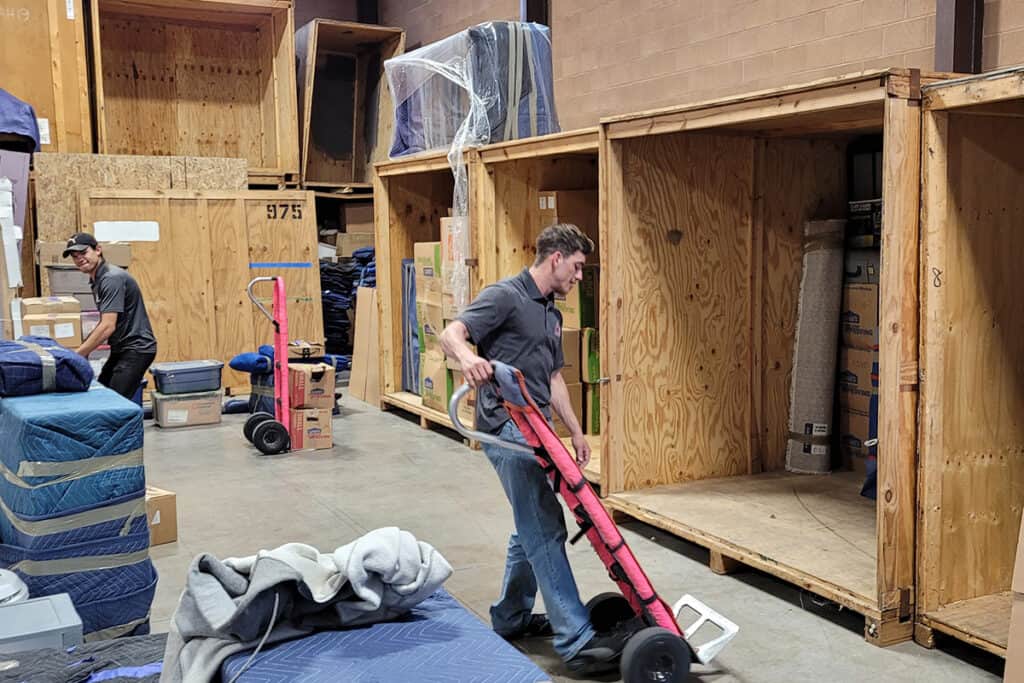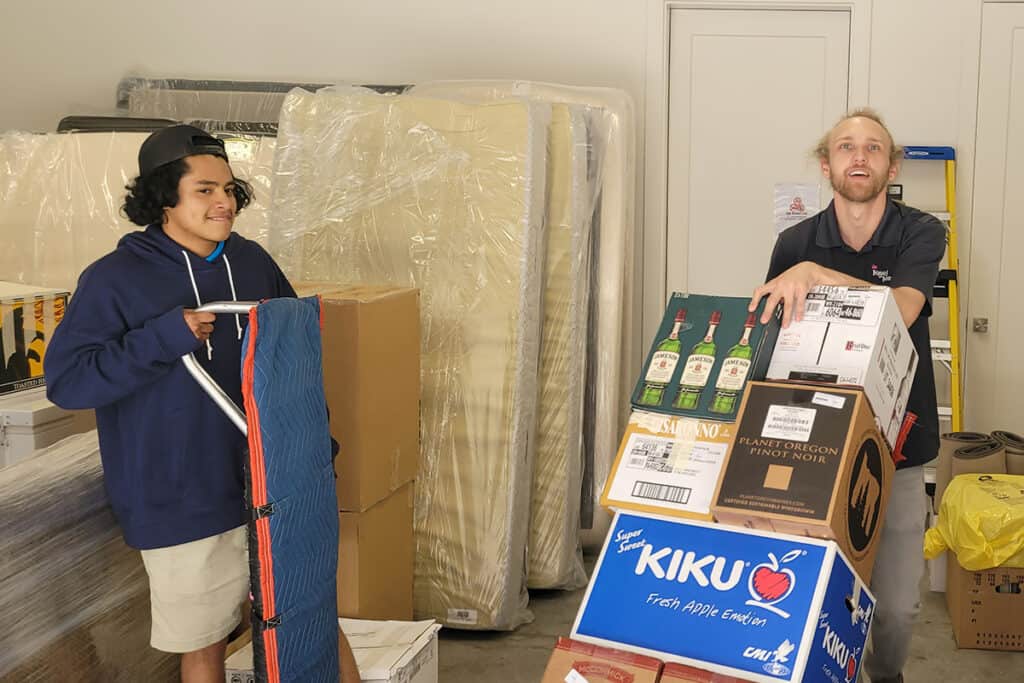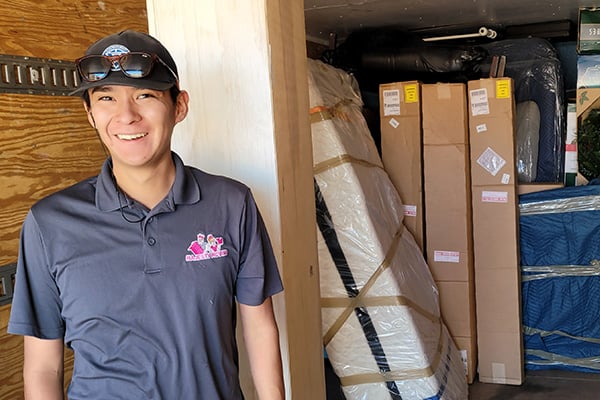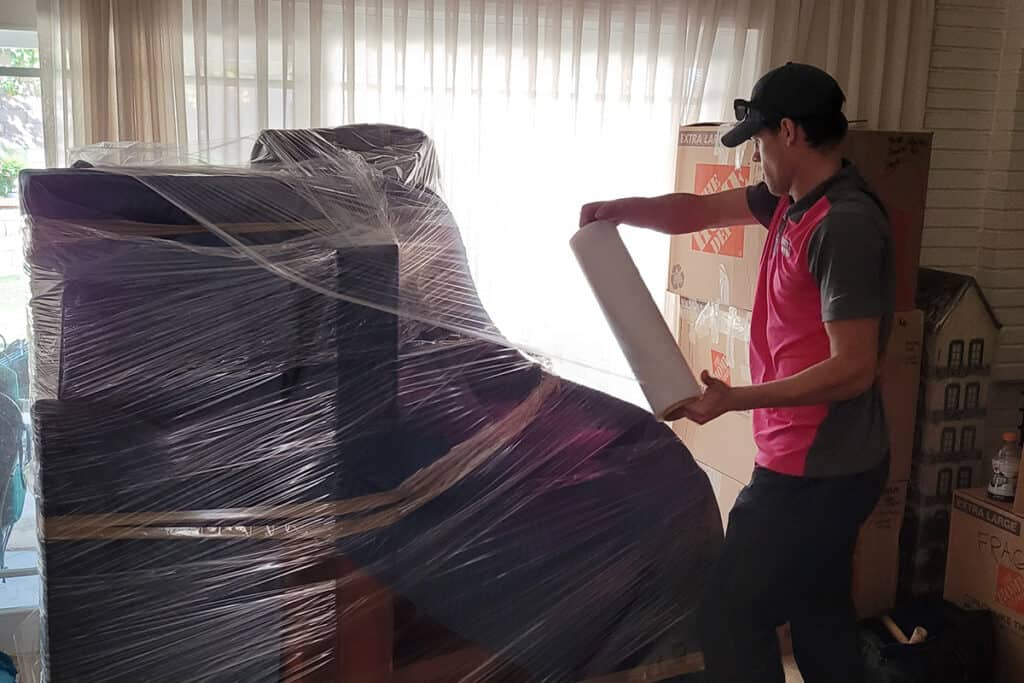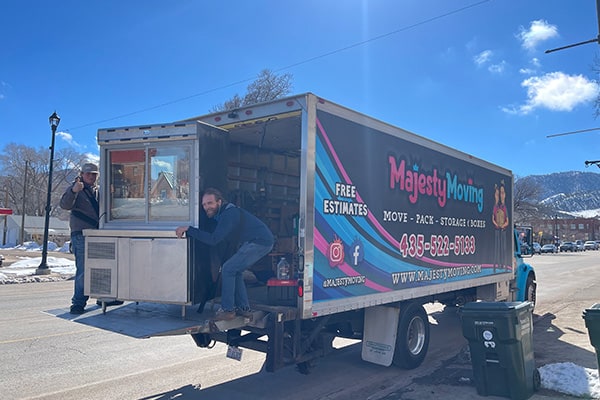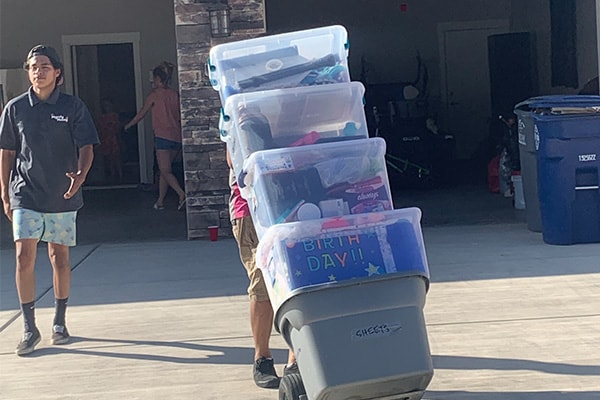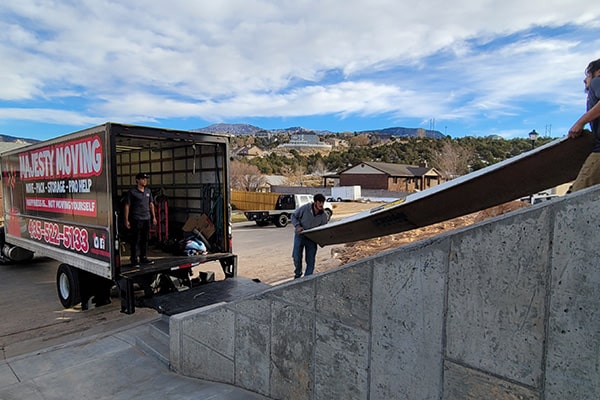- Home
- The Ultimate Guide to Emergency Moving – 2023: Avoid Common Packing Mistakes and Ensure a Stress-Free Experience
Moving homes can be a daunting task, especially when it comes to emergency moves. The pressure of packing everything in a short span of time can lead to costly and stressful mistakes. In this comprehensive guide, we’ll share valuable tips and insights on how to make your emergency move efficient, organized, and stress-free by avoiding common packing mistakes.
Understanding Emergency Moving
Emergency moving refers to situations where you need to relocate quickly, often with little or no notice. These moves can be prompted by job changes, natural disasters, family emergencies, or other unforeseen circumstances. Regardless of the reason, the key to a successful emergency move lies in being prepared and avoiding common packing mistakes.
Start with a Solid Plan
Before diving into packing, it’s crucial to have a solid plan in place. This includes:
- Setting a moving date and timeline: Establish a clear deadline for your move, considering factors such as your new job start date or the date your old residence must be vacated.
- Creating a packing list: Make an inventory of all your belongings, categorizing them by room or function (e.g., kitchenware, clothing, electronics).
- Prioritizing items: Determine which items are essential for your move and which can be left behind or donated. This will help reduce the amount of packing and transportation required.
- Scheduling utility transfers: Notify utility companies of your move to ensure a smooth transition and avoid service disruptions.
Packing Essentials: Materials and Techniques
Gather necessary packing materials, including:
- Sturdy boxes in various sizes
- Packing tape
- Bubble wrap or packing paper
- Stretch wrap
- Packing peanuts
- Labels and markers
Follow these packing techniques for optimal results:
- Pack room by room: Focus on one area at a time to maintain organization and prevent items from getting misplaced.
- Use appropriate packing materials: Utilize bubble wrap, packing paper, or towels to protect fragile items. Fill empty spaces in boxes with packing peanuts or crumpled paper to prevent shifting during transit.
- Label boxes clearly: Mark boxes with their contents and the room they belong in. This makes unpacking easier and more efficient.
Avoiding Common Packing Mistakes
To ensure a successful emergency move, steer clear of these common packing pitfalls:
- Procrastination: Start packing as soon as you know you’re moving to avoid last-minute stress and disorganization.
- Overpacking: Overstuffed boxes are difficult to carry and more likely to break. Keep boxes at a manageable weight by using smaller boxes for heavier items.
- Neglecting fragile items: Carefully wrap and label fragile items, placing them in separate boxes with plenty of cushioning.
- Ignoring box weight distribution: Place heavier items at the bottom of the box and lighter items on top. This prevents damage and ensures stability during transport.
- Forgetting essential items: Pack a separate “essentials box” with items you’ll need immediately upon arrival, such as toiletries, clothes, chargers, and important documents.
Enlisting Professional Help
In many cases, enlisting the help of professional movers can significantly ease the burden of an emergency move. Reputable moving companies have the experience and expertise to handle your belongings with care, ensuring a smoother and more efficient process. When choosing a moving company, consider the following:
- Research: Look for reviews and testimonials from previous customers to gauge the company’s reputation and reliability.
- Get quotes: Request quotes from multiple companies to compare pricing and services.
- Verify licenses and insurance: Confirm that the moving company is licensed and insured to protect your belongings in case of damage or loss.
- Discuss your specific needs: Inform the moving company about your emergency move, any fragile or valuable items, and any special requirements you may have.
Conclusion
An emergency move can be a challenging experience, but with careful planning, organization, and the avoidance of common packing mistakes, it doesn’t have to be a nightmare. By following the tips outlined in this guide, you’ll be well on your way to a stress-free and efficient moving process. And remember, when in doubt, enlisting the help of professional movers can make all the difference.
Found this helpful?
If you found this article valuable, help us spread it to a wider audience. Click any of the buttons below to share this tip to your social media accounts.
Table of Contents
Related Articles



Be Part of Our Mission
Our mission is simple: to create a platform where our community can exchange gently used moving boxes and packing materials. This way, we can help each other save money, reduce waste, and keep these materials out of our landfills.
We’d love to have you on our journey. Visit and join St. George Box Exchange – Reuse & Recycle FB group today!



